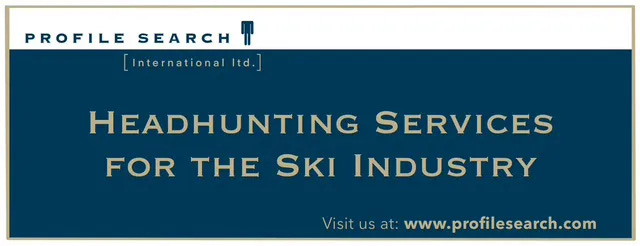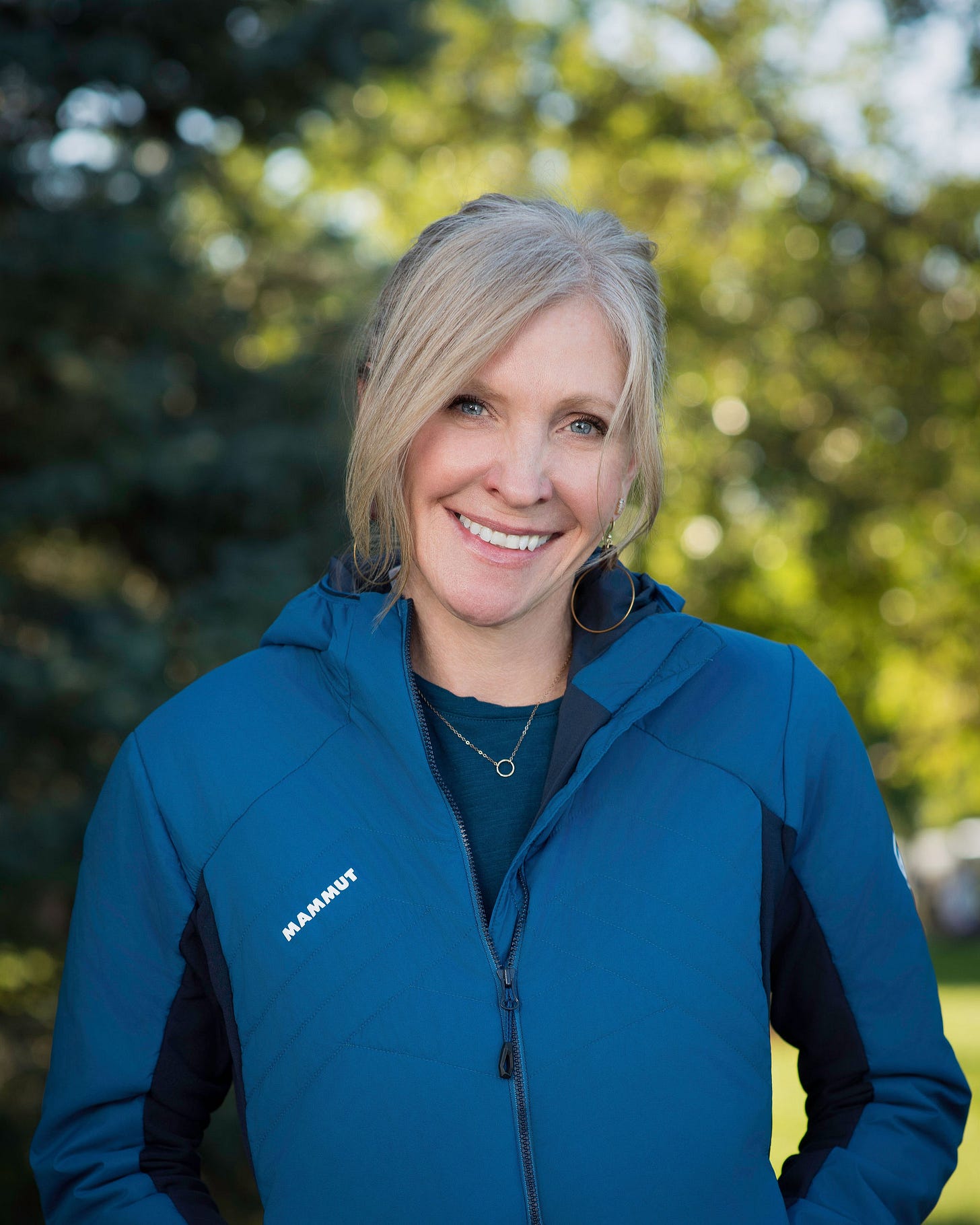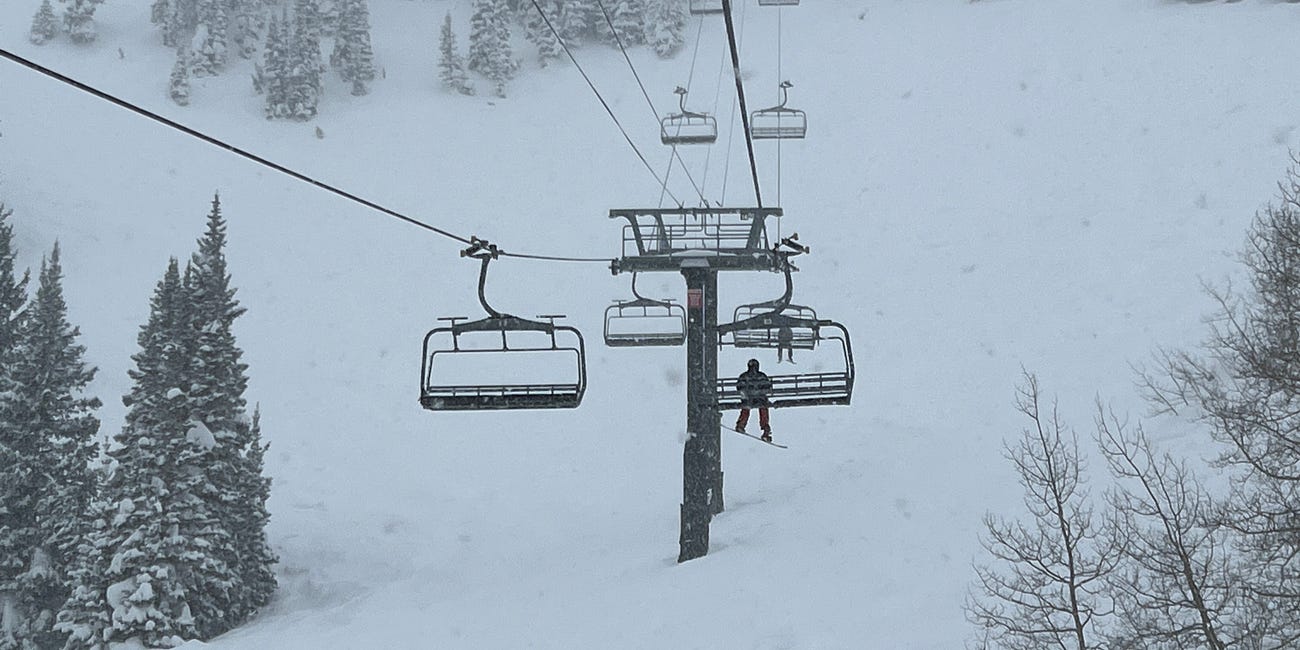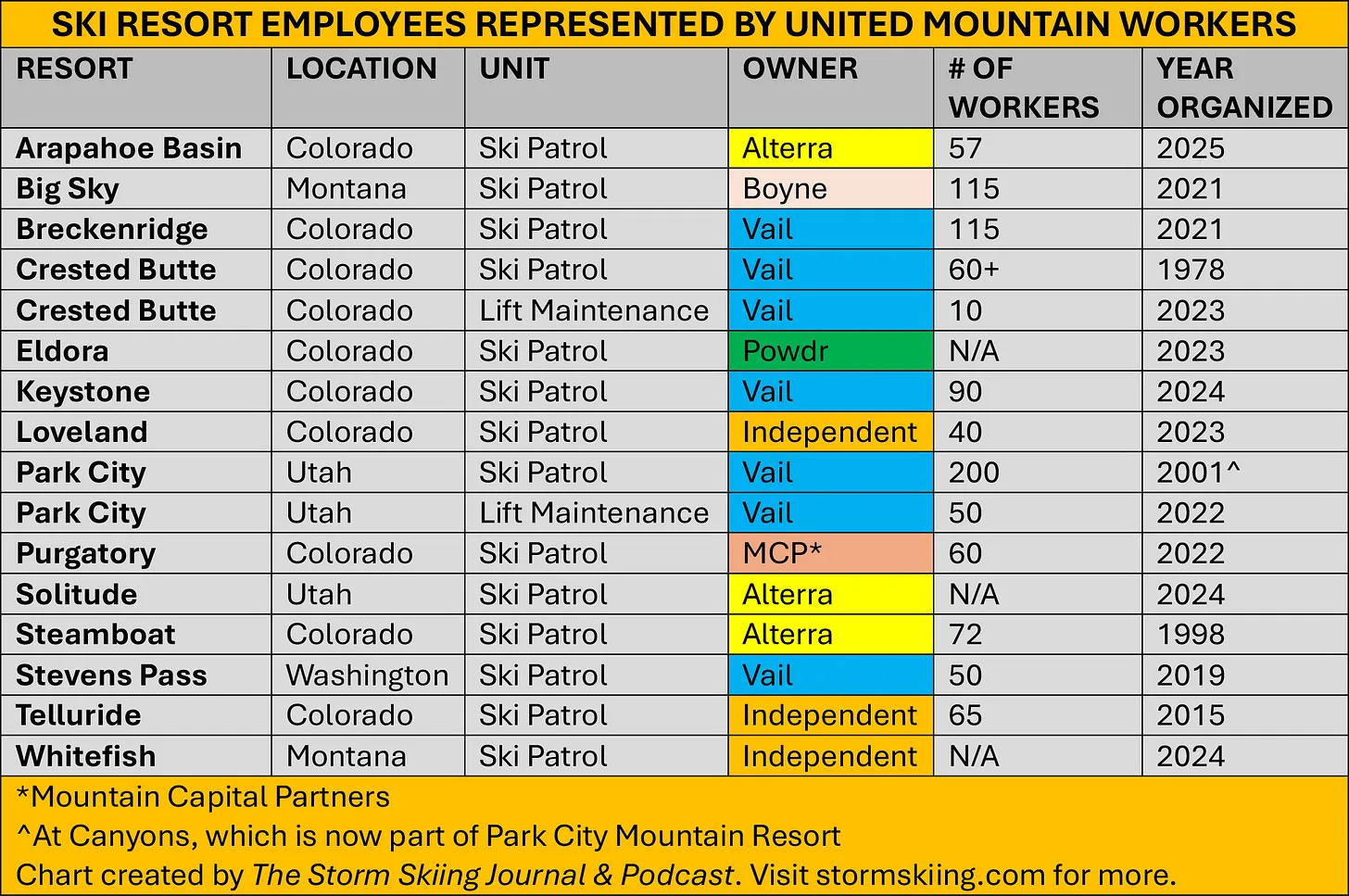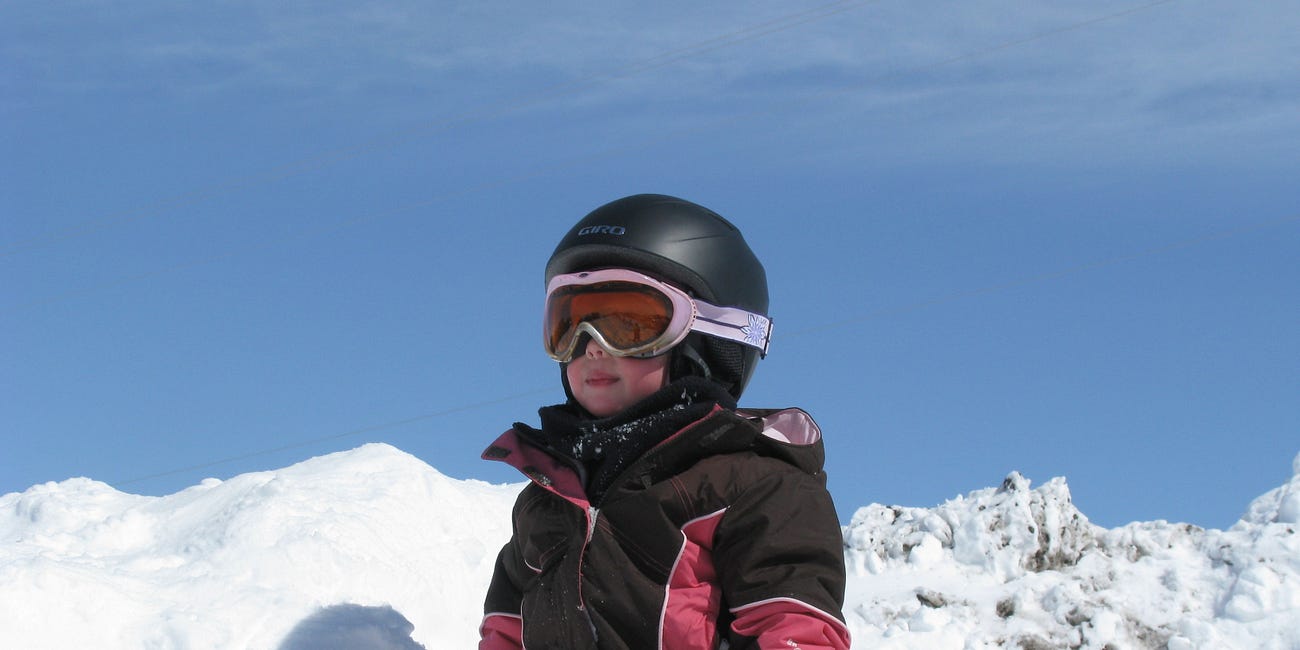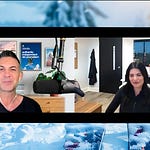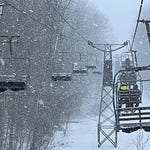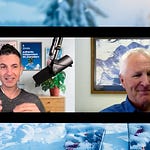Who
Stephanie Cox, CEO of the National Ski Patrol
Recorded on
June 3, 2025
About National Ski Patrol
From the organization’s website:
The National Ski Patrol is a federally-chartered 501(c)(3) nonprofit membership association. As the leading authority of on-mountain safety, the NSP is dedicated to serving the outdoor recreation industry by providing education and accreditation to emergency care and safety service providers.
With a primary focus on education and training, the organization includes more than 30,000 members [Cox says 32,000 on the pod] serving 650 patrols in the U.S., Canada, Europe and Asia. Our members work on behalf of local ski/snowboard areas and bike parks to improve the overall experience for outdoor recreationalists. Members include ski and bike patrollers, mountain and bike hosts, alumni, associates, and physician partners.
The National Ski Patrol operates as a 501(c)(3) nonprofit organization, deriving its primary financial support from membership dues, donations, user fees, and corporate sponsorships. …
The national office is located in Lakewood, Colorado, and is staffed with full-time employees that handle administrative duties.
Why I interviewed her
The Storm focuses unapologetically on the lift-served variety of skiing. I’ll often reinforce that point by teasing Uphill Bro for skiing in the wrong direction or making fun of myself for being a lazy U.S. American happy to ride a machine up the mountain. That, mostly, is a shtick to express my preference for an ordered ski experience over the wild variety. Acres of glades twisting down the mountainside – yes, please. But I’ll also take that groomed run-out back to the six-pack. This all-you-can-eat variety of skiing feeds the adrenaline monster, stows energy for the bristling explosive down. The fun part. But my hyperbolic preference for the down is also a sort-of cover-up. Because what really glues me to the trail-labeled and lift-laced bumps is that gigantic and ever-present panic button floating alongside me: ski patrol.
Oh I just ran into a tree? Well that’s inconvenient because now I can’t remember how to speak English or why I have eight empty Miller Lite cans in my backpack. But no need to fret. Within five minutes a corps of uniformed professionals specifically trained in the idiosyncratic art of piloting an injured moron down an ungroomed hillside on an eight-foot-long sled will materialize with crackling radios and stabilize me. It’s kind of amazing. Like who thought of this? I guess the same person who came up with lifeguards at the beach. When a squirrel misses its branch and falls 75 feet to the forest floor there is no Squirrel 911. Just a variety of bobcats and coyotes who are about to find an easy dinner. Humans are quite amazing animals in this way, setting up systems both highly effective and borderline invisible that grant us wide margins of error to in most cases survive even catastrophic misjudgments.
Depending on your view of human nature, the existence of ski patrol is either the most or least predictable miracle layer of organized commercial ski centers. The cynical may interpret this network of makeshift shacks and their occupants as liability shields, a legal hey-we-tried taskforce vaguely taming the chaos inherent in an impossible and awkward activity. But a more generous interpretation might view ski patrol as the most benevolent component of a ski area, the only piece not intended to generate income, an acknowledgement that any one of us, on even the gentlest slope, could in an instant need someone who knows exactly what to do.
I prefer that latter interpretation, but the truth is of course a complex blend of the cynical and the generous viewpoints, interlaced with a million other factors. We are all vaguely aware of this, which doesn’t mean we can explain it. I mean, why is ski patrol at every ski area? The question is both simplistic and baffling. Well of course there’s ski patrol because there always is. OK. But shouldn’t there be some live-free-or-die exception in the rowdy ski world of backwoods trails axe-cut by misanthropic good ole’ boys putting two middle fingers to society’s nine-to-five, collared-shirt expectations? Like “hey man, look at the waiver, if you break your leg it’s not my goddamned problem.” But there they are, anyplace there’s a ski lift, wearing that same plus-symbol uniform, enforcing that same yellow-signed skier code, blanketed with that same aura of stoic unsurprise and readiness: ski patrol. Is this omnipresence simply custom and tradition? State or federal law? Insurance requirement? Do patrollers work for the ski area or for some agency or entity? An imposition like restaurant food inspectors? Enforcers like a city’s police department? Attendants like stadium ushers? It’s hard to say without asking, so I asked.
What we talked about
Touring ski patrols across America; #SkiVirginia; Ski Patrol’s philosophical evolution over time; patrol saving my butt in Maine; how NSP ensures that patrollers are prepared to deal with the worst injuries at even the smallest ski areas; evolving and adapting over time; “this organization is by and large run by volunteers”; Avy dogs; why ski patrol is everywhere; organizational history; the relationship between NSP and individual ski areas; who funds NSP; paid versus volunteer patrollers; “one of my big goals for the organization is to make sure that all patrols fall under the NSP shield”; a couple of major ski area patrols that are not part of NSP; the general public “is not going to notice the difference” between a paid and volunteer patroller; where most of the paid patrollers work, and why; the amazing number of years the average volunteer patroller commits to the work; the rising cost of living in mountain towns; why NSP does not involve itself in pay or benefits conversations between patrollers and resorts; staying neutral on unionization drives; what it means to modernize NSP; and applying tech to help police on-mountain collisions.
What I got wrong
I referenced a recent snowless winter at Wintergreen, Virginia, and said it was “in 21/22 or 22/23.” It was the winter of 2022-23, which, according to Snow Brains, was the ski area’s third snowless winter in a decade, after the 2016-17 and 2018-19 campaigns.
At one point in our conversation, I mentioned “voluntary volunteers.” Which I don’t know Man talking is hard I guess.
Why now was a good time for this interview
I’d initially reached out to Cox as a follow-up to my podcast conversation with United Mountain Workers union President Max Magill, conducted in the wake of the December-to-January Park City patrol strike that leveled the ski area and sent owner Vail Resorts spiraling:
National Ski Patrol, it turns out, has no involvement in or position on unionization. That was a bit of a record scratch but also clarifying: patrol union drives, at least for now, lack a national sponsor that could propel the movement to critical mass. Still, it seemed odd that a national organization’s most visible umbrella would stand neutral on the trajectory of a tectonic movement flexing against consolidating, ever-more-distant management and escalating mountain-town affordability crises. So we talked about it a bit anyway.
What I’ve learned, 212 episodes into The Storm, is that organizations and entities are rarely – maybe never – what you expect them or want them to be. In episode 11, recorded in January 2020, just a few months after The Storm’s launch, I asked Win Smith, then National Ski Areas Association board chair and onetime owner of Sugarbush, the now very-innocent-seeming question of what the organization was doing to subsidize small or independent ski areas. Smith patiently explained that the NSAA was a trade organization, not a charity (I’m paraphrasing), and that their mission was education, lobbying, and helping to establish uniform operating standards and best practices, not a U.N.-style stabilizing force money-cannoning resources where necessary. I get that now, and have developed, through extensive interaction with the group, a deep appreciation for what the NSAA is and does, even if it is not the thing 2020 Stu thought it was or should be.
I guess that’s the point of The Storm Skiing Podcast: a dumb guy asking dumb questions like “so when are you going to build a gondola over Interstate 90 to connect Alpental to the rest of Summit at Snoqualmie?” and letting the nice smart people say “well wouldn’t that be nice but we have other priorities,” when they mean, “sure let me pull $100 million out of my back pocket to build a more-or-less useless lift that would also spark two decades of environmental litigation and has as much chance of clearing airspace over a federal road as a Russian stealth bomber.” Luckily I don’t mind asking dumb questions. They emerge from an impulse to sort reality from fiction, to tell the story of modern lift-served skiing by tapping the brains who understand some little corner of it.
Podcast Notes
On recent Ski Patrol leadership
This could maybe go under the sometimes-included “questions I wish I’d asked” section, but really I don’t wish I’d asked about it, as I have inherently little interest in organizational human drama, or the appearance of such. In this case, that maybe-drama is the rapid recent turnover in NSP leadership, aptly described by Jason Blevins last year in The Colorado Sun:
The former executive director of the nonprofit World Child Cancer heath organization arrived at the National Ski Patrol two years ago, becoming the fourth director of the organization in only five years. The former bosses reported conflicts with the group’s member-elected board of directors. An online petition was calling for an overhaul of the venerable organization that formed in 1938. Staff were bailing after years of turmoil that included board members twice suing their own organization. The group was losing its relevance in a quickly shifting ski resort industry.
Cox landed with a plan. She started visiting ski patrols across the country. She shepherded an overhaul of the organization’s training programs. She enlisted staff and kept them onboard. She mended fences with her board.
Whatever happened before, Cox just hit her third anniversary with the organization, and I was mostly interested in her efforts to modernize the 87-year-old NSP.
On skier visit numbers nationally and in Colorado
Colorado annually accounts for nearly one in four U.S. skier visits. Here’s the breakdown from last winter, according to the Kotke end-of-year survey, the definitive statistical ski industry report published annually by the NSAA:
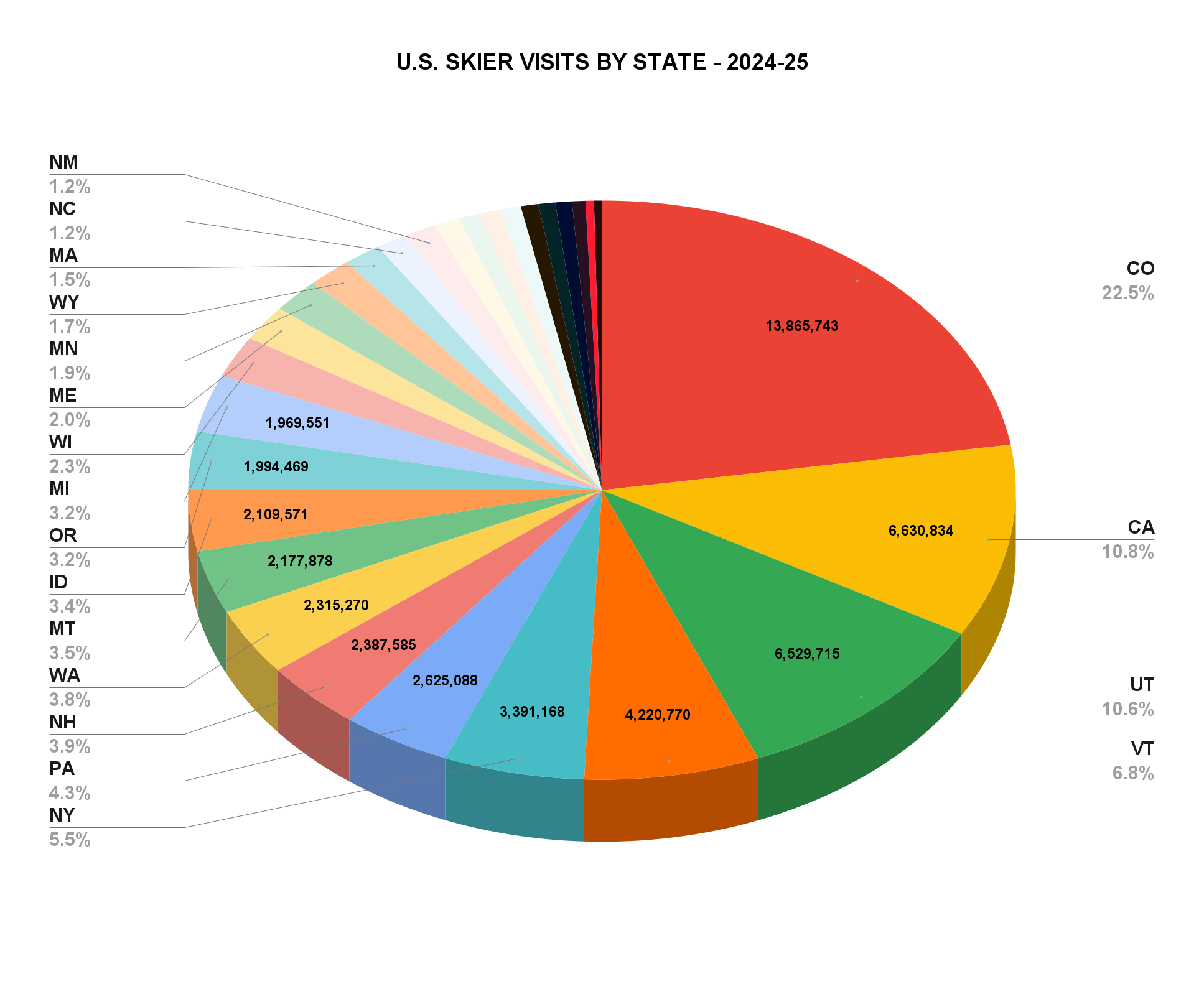
On breaking my leg at Black Mountain of Maine
Most of you are tired of hearing about this, but if you’re new here, this is my big ski-patrol-saves-my-ass story:
Here’s How My Ski Season Ended
The first time is never the first impression. Not really. By the time I swing the van into the parking lot and boot up in the backseat with the engine running and drop hand warmers into each glove and stand at the passenger-side sliding door wrestling my skis out of the Thule box, I’ve done all the scouting. Studied
On federal charters
An important piece of the NSP why-does-it-exist puzzle is its status, since 1980, as a federally chartered nonprofit organization. Congress charters such organizations “to carry out some regional or national public purpose,” according to a 2022 report on congress.gov. As with just about anything, a comprehensive list is frustratingly difficult to find (that’s why I moonlight as ski area spreadsheet mad scientist), but federally chartered organizations include such vaunted entities as the American Red Cross, the Boy and Girl Scouts of America, and Disabled American Veterans. Here’s a probably-not-entirely-accurate list on Wikipedia, and a government list from 1994.
On “14 patrols unionizing across the west”
Here’s a list I compiled of unionized ski area groups back in January. I haven’t updated it, so there may be a few additions since:
On Snow Angels
This is a pretty good gut-check conversation for the Speed Gods among us:
On Wachusett’s anti-theft system
Ski theft sucks, and some ski areas are better at fighting it than others. One of the best I’m aware of is Wachusett, Massachusetts, which has installed a comprehensive system of ski-rack-to-parking-lot cameras that has reduced thieves’ success rate to near zero. “A lot of times, the police will be waiting for them when they get home with the stolen board,” longtime Wachusett President Jeff Crowley told me on a 2022 visit to the ski area.


